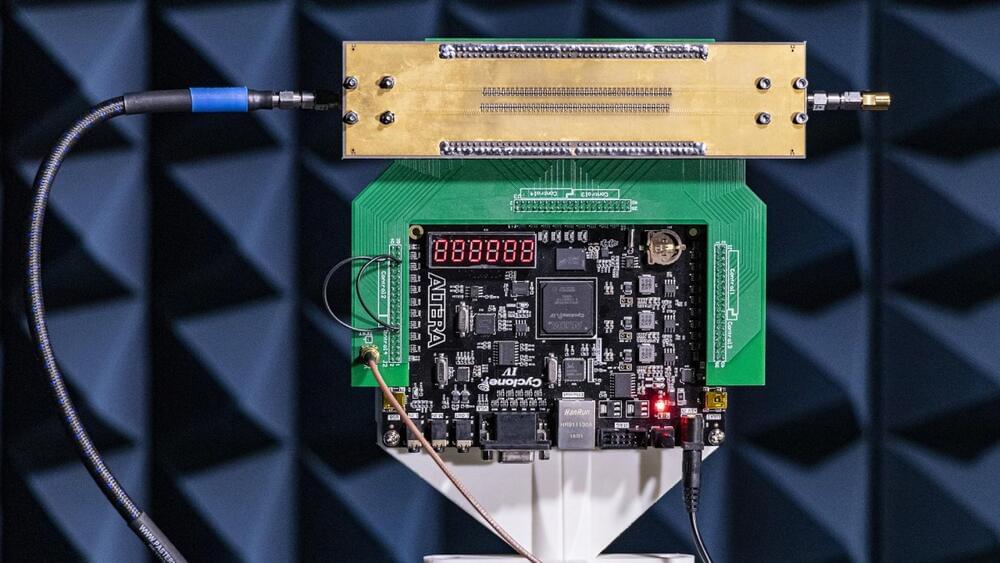Transhuman brains are the melding of hyper-advanced electronics and super-artificial intelligence (AI) with neurobiological tissue. The goal is not only to repair injury and mitigate disease, but also to enhance brain capacity and boost mental function. What is the big vision, the end goal — how far can transhuman brains go? What does it mean for individual consciousness and personal identity? Is virtual immortality possible? What are the ethics, the morality, of transhuman brains? What are the dangers?
Free access to Closer to Truth’s library of 5,000 videos: http://bit.ly/376lkKN
Support the show with Closer To Truth merchandise: https://bit.ly/3P2ogje.
Watch more interviews on transhuman brains: https://bit.ly/3Wb7yRm.
Max Tegmark is Professor of Physics at Massachusetts Institute of Technology. He holds a BS in Physics and a BA in Economics from the Royal Institute of Technology in Sweden. He also earned a MA and PhD in physics from University of California, Berkeley.
Register for free at CTT.com for subscriber-only exclusives: http://bit.ly/2GXmFsP



